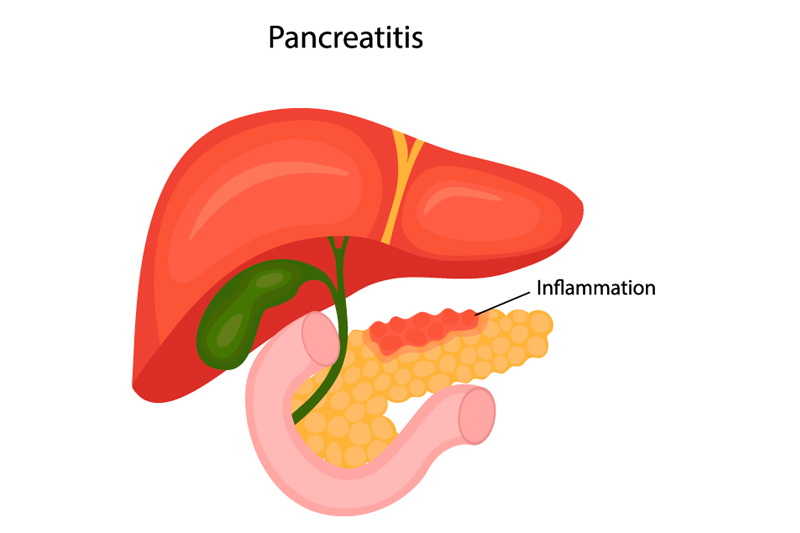- srushtigastro@gmail.com
- +91- 8073380392
Pancreatic Diseases

The pancreas plays a crucial role in the digestive process by producing enzymes that aid in the breakdown of food in the small intestine and by secreting hormones such as insulin and glucagon to regulate blood sugar levels. However, various factors can lead to dysfunction and disease within the pancreas, resulting in a range of clinical presentations and complications.
Acute pancreatitis typically manifests as severe abdominal pain, nausea, vomiting, and fever, often requiring hospitalization for supportive care and management of complications such as pancreatic necrosis and pseudocysts. Chronic pancreatitis, on the other hand, may present with recurrent abdominal pain, weight loss, steatorrhea (fatty stools), and diabetes mellitus due to progressive damage to pancreatic tissue and impaired exocrine and endocrine function.
Pancreatic cancer, one of the deadliest malignancies, arises from abnormal cell growth within the pancreas and often presents late in its course, leading to poor prognosis. Symptoms of pancreatic cancer may include jaundice, abdominal pain, unexplained weight loss, and changes in bowel habits. Early detection and treatment of pancreatic cancer remain challenging, contributing to its high mortality rate.
Other pancreatic diseases include pancreatic cysts, pancreatic neuroendocrine tumors (NETs), and autoimmune pancreatitis, each with distinct clinical features, diagnostic criteria, and management strategies.
We provide the best Pancreatic Diseases Treatment in HSR Layout. Contact us today.
Benefits:
Overall, increased awareness, early detection, and multidisciplinary management of pancreatic diseases can significantly impact patient outcomes, offering hope for better prognosis and quality of life for individuals affected by these challenging conditions.
Empowering assistance, right when it matters. We’re here to lend a hand whenever you need it.

Call : +91- 8073380392
srushtigastro@gmail.com
Srushti Gastro & liver Clinic 186, 165, 9th Main Rd, Sector 6, HSR Layout, Bengaluru, Karnataka 560102